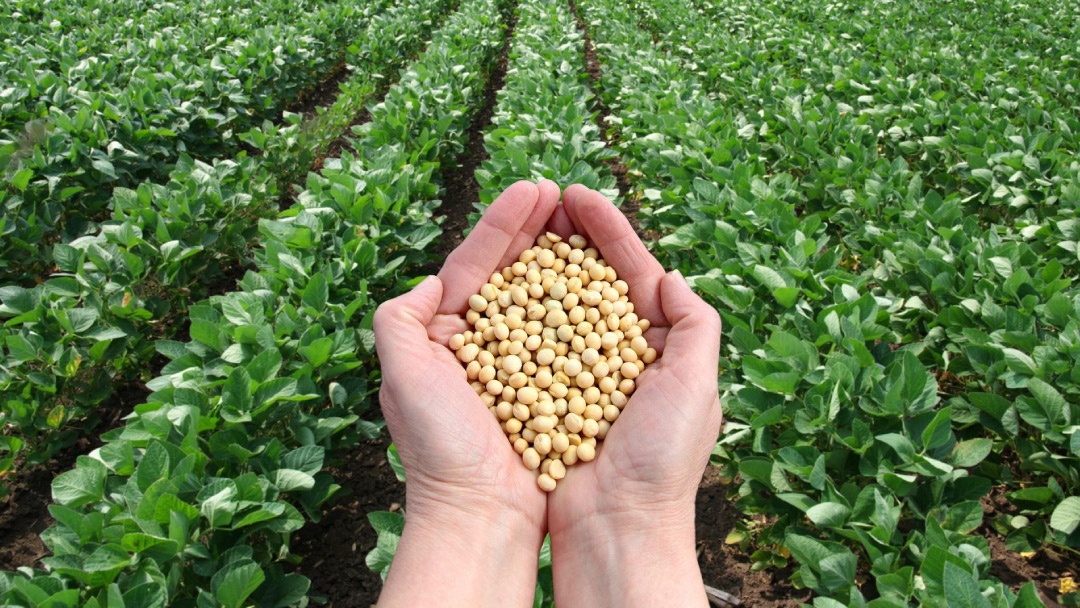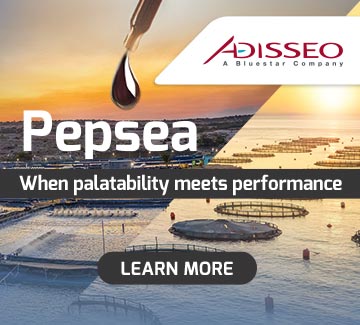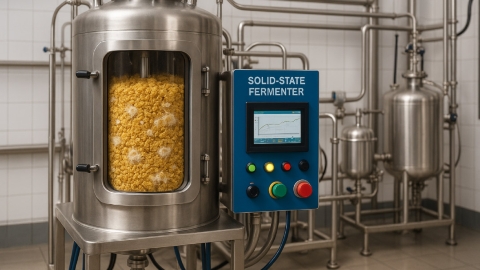
Soy, a key component in animal feed across Europe-including aquaculture-is taking centre stage in sustainability strategies, thanks to its increasing certification and traceability.
The newly published European Soy Monitor 2022-2023, compiled by IDH in collaboration with Donau Soja, FEDIOL and FEFAC, provides a detailed overview of the European soy market and its progress in responsible sourcing. According to the report, the share of soy meeting the FEFAC Soy Sourcing Guidelines has risen from 42% in 2019 to 54% in 2023.
This marks a clear shift towards sustainability, driven by growing uptake of certification schemes such as ProTerra, RTRS and the US-based SSAP, all of which ensure traceability and environmentally responsible regions like the Cerrado and Gran Chaco, soy expansion continues to occur at the expense of native ecosystems. “Conversion of the Cerrado biome continues at relatively high rates,” the report notes.
Aquaculture, while accounting for just 5.6% of global soy usage, is highlighted as a sector already aligning with sustainability standards. The impact is particularly notable due to the high levels of certified soy used in fish feed. The report underscores that the FEFAC guidelines have been adopted as a benchmark by the Aquaculture Stewardship Council (ASC)-meaning that ASC-certificated aquaculture farms are required to use soy that is both traceable and sustainably produced. This further reinforces the sector’s environmental, social and governance commitments.
A standout example in Norway, a major producer of Atlantic salmon. Here, 100% of the soy declared in aquaculture feed is ProTerra certified and fully compliant with FEFAC sourcing requirements-illustrating how regulatory alignment and market incentives can go hand in hand.
These initiatives not only help reduce the environmental footprint of the industry, but also ensure compliance with upcoming regulations such as the EU Deforestation Regulation. Set to take effect in December 2025, the regulation will require medium and large companies to prove that their raw materials are not linked to deforestation or the conversion of natural habitats.
The report also emphasizes the importance of landscape-level approaches in soy-producing regions-collaborative models involving local stakeholders, producers, and authorities to deliver sustainable outcomes at scale. While still in early stages, such strategies may provide a fairer and more effective route towards sustainable transition on the ground.
For European aquaculture, embedding sustainability criteria in feed sourcing-especially when it comes to soy- is no longer optional but increasingly standard practice. As market expectations rise and environmental regulation tighten, investing in transparent, responsible supply chains is not only ethically sound but commercially smart.


